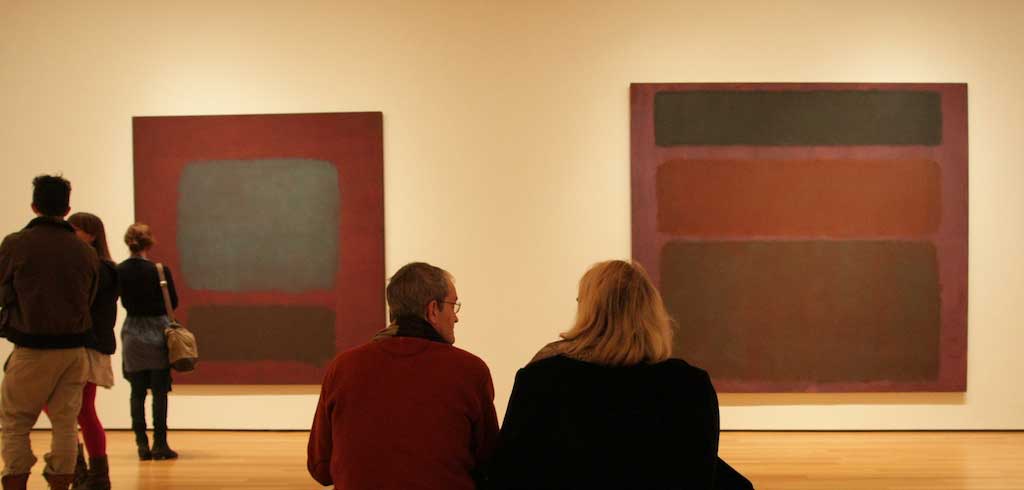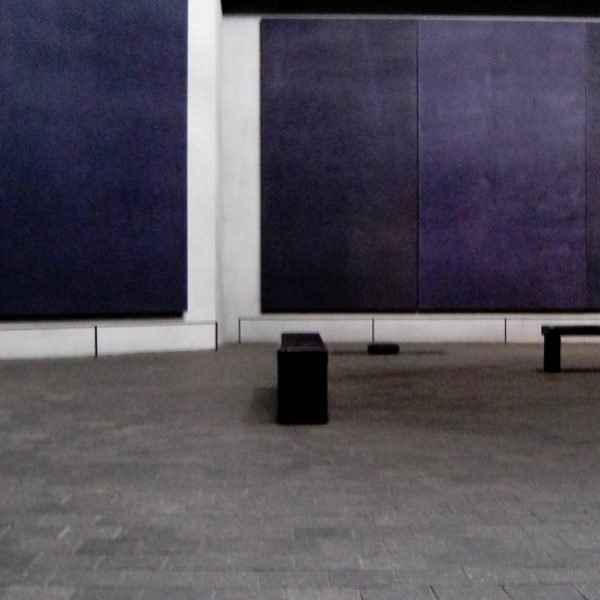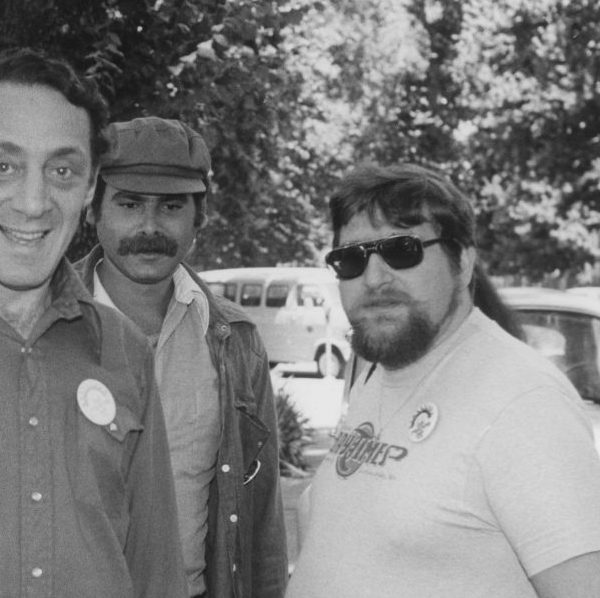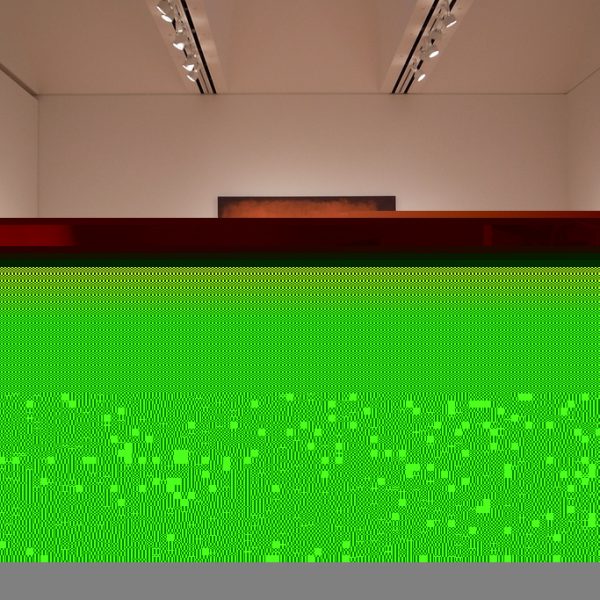How Marcus Rothkowitz Became Mark Rothko
Annie Cohen-Solal—
Following his breakthrough into the art world, Marcus Rothkowitz seemed to build momentum, steadily lining up serious and interesting projects; however, as a New York artist, he still needed to establish a foothold. Despite his late start, by age thirty he could already boast about having his first solo exhibition, held at the Portland Museum of Art, followed within the next two years by shows in New York and Paris. In spite of these achievements, his public recognition remained elusive. All the same, these were years of critical importance to the artist’s emerging identity. Having gleaned the rudiments of the craft from various teachers in different institutions for four years, he joined the circle of Milton Avery, finding his place in this informal community that was reminiscent of the artists’ colonies of Pont-Aven and Giverny. For the next eight years, between vacations in Lake George, New York, and Gloucester, Massachusetts, complemented in New York by poetry reading nights and weekly figure painting workshops organized by Avery, Marcus R. would work alongside this group of fellow artists, benefiting from the master’s advice and the viewpoints of his peers.
Between 1928 and 1939, one exhibition followed the next: at the Opportunity Gallery, Contemporary Arts Gallery, Uptown Gallery, Gallery Secession, Municipal Art Gallery, and Bonestell Gallery in New York, as well as at the Galerie Bonaparte in Paris. But his works—oils, watercolors, and paintings on paper—sold poorly. After a misunderstanding with Robert Godsoe, one of his dealers, Marcus R. and his colleagues decided to leave his gallery and establish themselves as an artists’ collective. In November 1935, The Ten was born; in addition to exhibiting the art of its members, it started exchanging ideas about the revered masters of the time and developed into a discussion group. Soon after, Rothkowitz began working as an artist for the Works Progress Administration, the New Deal agency created by President Roosevelt to administer public works projects. Then he joined the Artists’ Union and participated in the first American Artists’ Congress. Finally, on February 21, 1938, Marcus Rothkowitz became an American citizen and, two years later, sloughed off his original name––from then on, he was Mark Rothko. It was as if, in a spectacular act of reinvention, Mark had left behind Marcus’s painful past along with his former identity. That year he also divorced his first wife, after eight years of an apparently unsatisfactory marriage.
The years 1928–1940 signal in many ways a remarkable period: Marcus R. was coming of age as an artist while the city of New York was evolving into a dynamic capital of modern art––two completely contemporaneous transformations, each of which was preceded by years of turbulence (1913–1928). For the New York art world, the exhibition known as the Armory Show epitomized a new era and saw the mass arrival and display of nearly four hundred works by European Modernist artists (a third of all the works exhibited) in the heart of Manhattan on February 17, 1913. It preceded, by six months, the arrival at Ellis Island on August 17, 1913, of Marcus, his mother, and his sister—the last three members of the Rothkowitz family to reach the shores of the New World. The Armory Show was the first time Americans were exposed to avant-garde artists who had been flourishing throughout Europe, and the public was dumbfounded. The abrupt and disorderly introduction of Duchamp, Brancusi, Braque, Gauguin, Kandinsky, Seurat, van Gogh, and Rouault, among others, in a country lagging behind Europe artistically, produced a cataclysmic effect. The headline in the New York Times read, “Cubists Migrate: Thousands Mourn.”
Excerpt from Mark Rothko: Toward the Light in the Chapel
Annie Cohen-Solal is an academic and a cultural historian. Born in Algiers, she received her Ph.D. degree from the Sorbonne. Her books include the acclaimed Sartre: A Life and Leo and His Circle: The Life of Leo Castelli, winner of the ArtCurial Prize. She has served as cultural counselor to the French Embassy in the United States.
Further Reading:




























Did he sign his early paintings (pre-1940 before his name change) as Marcus?
stephen124@bellsouth.net